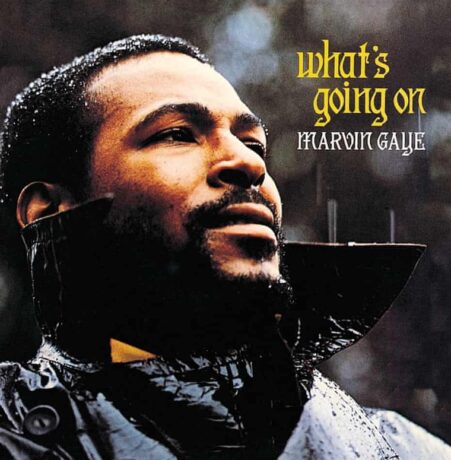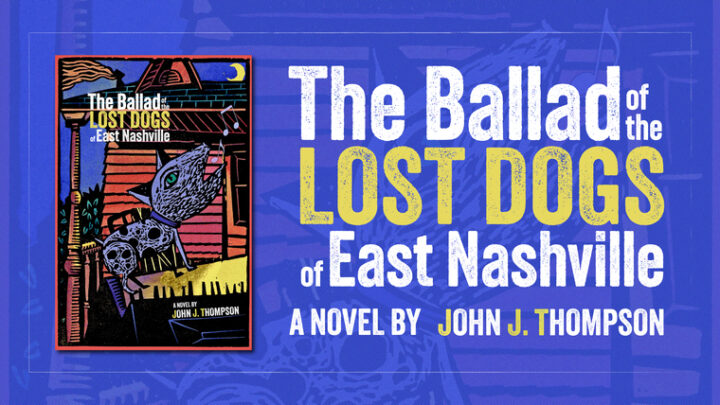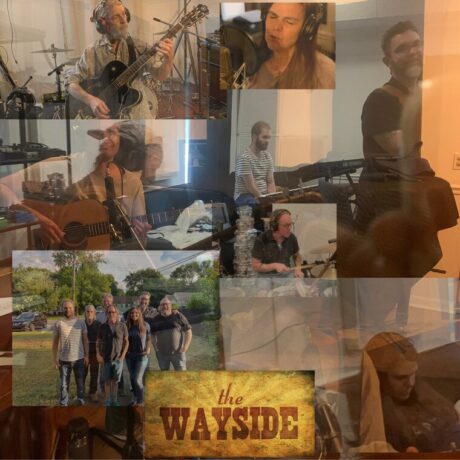Good News: What’s Going On is 50
Good News: What’s Going On is 50
The Enduring Gospel of Marvin Gaye’s Masterpiece
By Anthony Peterson
May 2021
(Editor: I have been wanting to write a tribute to this, one of the most important albums of the modern era and one of the true inspirations ever since True Tunes was originally conceived in the mid-80s. Marvin Gaye’s impeccable What’s Going On stood, for me, as a stalwart example that it is not only possible to bring Gospel ideas into popular music, but deeply longed for. The challenge is doing it well. Time has been tight these last few weeks though. And just when I set about to tackle this important project, I found this incredible reflection composed by my friend, teacher, and writer Anthony (Tony) Peterson. I asked if he would let us adopt it here at True Tunes and he graciously agreed. I highly encourage everyone to follow Tony online at AnthonyPetersonSpeaks.com.) And now, on with his article. -JJT)
I can’t really pinpoint my first listen. I was finishing up 7th grade in Walker Junior High at Fort Knox, Kentucky when the album released. It is possible that I didn’t even hear the music until we returned to Hawaii that summer. But to be sure, as with much of the music of that day, I listened to the collection in our family room with Dad and my brothers, Carl and Keith.
What’s Going On is indisputably relevant today. You can read others’ thoughts about that relevance all over the Internet. To describe the album’s origin, Rolling Stone magazine, which dubbed this set the greatest album of all time, claims “Marvin Gaye’s masterpiece began as a reaction to police brutality.”* Hmmm. The album’s 50th anniversary coincides with the first anniversary of perhaps the most blatant example of police brutality ever filmed for the whole world to see. That is to say: the brutality remains. We should ask why.
This collection still ticks a lot of boxes for me. I can still relate to the raw crowd noise intro. Maybe it’s just my Boomer’s ears, but the saxophone, the rhythm section, the strings, the keys, the ethereal tones still ring new. And I cannot resist the traversing of primal, temporal social concerns married to religious and spiritual imagery.
It is no hyperbole to say that this overall piece of music has shaped the way I think today. Religiously, spiritually this album is just where I was in the summer of my 13th birthday. I was still naive and unsophisticated enough to believe that personal salvation could not be separated from social concerns. By October of that year, I would be a committed Christian. My religious training up until then had come from two sources. First was the generic-ish mainline Protestant Sunday school teaching on all the military bases where we had lived. Second was my more recent involvement at Trinity Missionary Baptist Church, at that time the only church in Hawaii from Black church tradition. It was down Trinity’s center aisle that I walked to begin a life in commitment to Jesus Christ. Those two sources deserve their due, but I cannot discount the role What’s Going On played in my eventual Christian commitment.
I have lived a lot of spiritual life since then, and many of my views have morphed. I have learned, lived, and taught a variety of Christianities, most of them claiming implicitly or explicitly to be the most legitimate form. They are all attempts to champion the Gospel, the Good News. One “Spirit-filled” United Methodist academic described the Gospel as “good news, bad news, good news.” Not only was he describing many varieties of Christianity (other varieties omit the original good news), he was describing the way consumer marketing works. And yes, consumer marketing presents its own gospel: you were born with perfectly smooth skin, you were afflicted with acne, our product can restore you. Maybe it works because both the Christian Gospel and consumer marketing tap into something primally human.
My practiced and promulgated gospels grew one after another. At different times I claimed white Evangelical, charismatic, conservative Reformed, and broad-based Wesleyan versions. I have taught ethics, worldview, and Bible at an academic institution in the holiness tradition. I was drawn to Restoration and Anabaptist beliefs. Along the way, I have encountered queer gospels, womanist gospels, liberation gospels, prosperity gospels, neo-orthodoxy, neo-liberalism, neo-conservatism, Reconstructionism and deconstructionism.
If none of these labels mean anything to the reader, never mind. Some of those gospels define themselves by who they include and exclude regarding “good news.” They parse out the “goodness” of good news and determine what actions must be taken or words stated to qualify for the good news. Other gospels intentionally center on those who have been actively excluded from those other defined gospels; their aim is to assure that the newly centered folks can also find good news. Many of these gospels have fed me; I have ingested from each one, and I have disposed of sh —, um, dross from each of them. They all come tainted. Their theologies are impure, their messages are approximations of truth that gives life. So how does the What’s Going On gospel measure up?
One example of Marvin Gaye’s religious expression on the album is its shortest song “God is Love”:
Don’t go and talk about my Father
God is my friend
He made this world for us to live in and gave us everything
And all he asks of us is we give each other love
Most of my lived Christianities track with those few lines, but all of them add other stipulations to prove their unique legitimacy. Marvin Gaye’s fuller gospel begins with the opening title song, which, I have just learned after 50 years, is a statement, not a question.
Mother, mother
There’s too many of you crying
Brother, brother, brother
There’s far too many of you dying
You know we’ve got to find a way
To bring some lovin’ here today…
Talk to me, so you can see
Oh, what’s going on
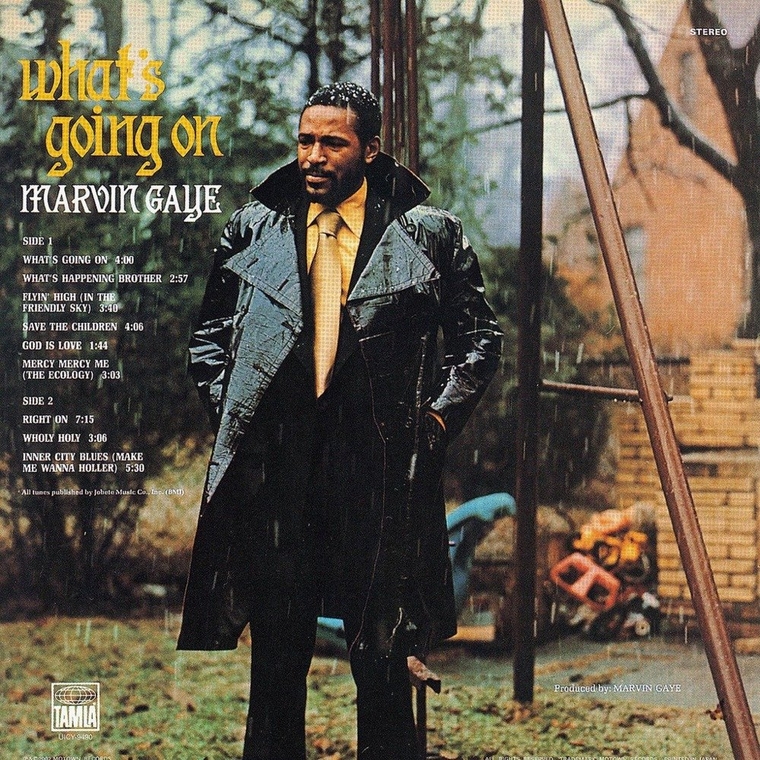
What begins as truth-telling, as an unveiling, continues with the actual query “What’s Happening, Brother?” The song’s protagonist is a soldier returning from the Viet Nam war. My father was that soldier when the album released. After two terms deployed, his job at the time was to tour the country trying to salvage meaning from that very war. While Dad was reconciling his war experience by engaging in these speaking opportunities, other veterans were coping in different ways. “Flying High in the Friendly Sky” is the “bad news” some of them experienced while trying to drown their PTSD in illicit substances: “I go to the place where danger awaits me…so stupid-minded.”
The bad news cries out for a response. A plea for posterity (“Save the Children”) and an ode to the environment (“Mercy Mercy Me (The Ecology)”) remind us of the stakes of getting stuck in that bad news. The environmental stakes:
Woah, ah, mercy, mercy me
Ah, things ain’t what they used to be
Where did all the blue skies go?
Poison is the wind that blows
From the north and south and east
And children, as the hope for the future, can provide the potential and purpose for continued good news.
When I look at the world
It fills me with sorrow
Little children today
Are really going to suffer tomorrow…
Live life for the children
Let’s save all the children
In this gospel, children and the environment are the mission field. Saving them is saving everything. Salvation is not for us to hoard. It is the hope for the future.
If the title track lays out the good news foundation, “Right On” and “Wholy Holy” combine for the good news strategy and fuel. The gospel of this album is “love.” “Right On” sets out the vision of love that is already potential:
For those of us who live where peace is craved
For those of us who live, where hatred is enslaved
For those of us who live a life
Surrounded by good fortune and wealth
For those of us who live a life enjoyin’ ourselves
For those of us who got drowned in the sea of happiness
For the soul that takes pride in his God
And himself and everything else
Love, love, sweet love, love, wonderful love
Ah, true love, love, love for your brother
And love, love for God
Love, pure love
“Wholy Holy” outlines marching orders.
Wholy holy; we should believe in one another
Jesus left a long time ago, said he would return
He left us a book to believe in
In it we’ve got a lot to learn
Oh, wholy holy
We can conquer hate forever
Wholy holy
We can rock the world’s foundation
Other “gospel prophets” can criticize; some will say this gospel is too Jesus-y; others will say it’s not Jesus-y enough, or that this gospel gets both “love” and “Jesus” wrong. These criticisms work as long as the critics are assured that they follow the only legitimate gospel. At times I have agreed with many of them. Their sharpened and narrowed perspectives would suggest that Gaye’s views were somehow unformed, uninformed, and immature. I was taught, and for a long time I taught, that the road to Jesus, the road through Jesus, and the meanings of life were found in a bright, straight line.
But this gospel is told much like the gospel of the Hebrew and Christian Scriptures. It is told organically through stories and questions, problems posed, and prophetic warnings and aspirations. Contrary to popular belief, the Bible, like the album, is short on commandments and edicts. Some later “gospels” attempt to correct that “flaw” by distilling the biblical record into narrow edicts and affirmations. But the good news is better embodied in story than in edict. Praise and lament reflect life better than aphorisms, directives, and platitudes. The Scriptures demonstrate that richness of life. So does What’s Going On.
In a departure from consumerist gospels, this album concludes with a return to reality. The lament “Inner City Blues” reminds that this love vision only matters if it matters in real life…even in the 21st Century.
Crime is increasing
Trigger happy policing
Panic is spreading
God knows where we’re heading
Its prophetic wisdom is striking. As with the prophecies of the Hebrew Scriptures, this is more forth-telling, than foretelling, although here we are 50 years later with Marvin Gaye’s predictions. But also as with many ancient Hebrew prophecies, these laments are drenched in hope. Lament need not mean doom. And such is the intertwined beauty of this collection. It is a gospel planted in the soil of poverty, hatred, judgment, war, pillaging. It is fed by peace, hope, and love. And it aims to yield similar fruits to restore relationships, bodies, societies, the earth, and perhaps, the cosmos.
A couple of tests of a gospel is whether the message works and whether the message is true. Does the What’s Going On gospel work? Unfortunately, after 50 years, the problems addressed remain problems. But when I think of other gospels I have learned, taught, and encountered, they have not eradicated those problems either. So is the What’s Going On gospel true? As I said, it is clearly relevant today. It is also true today. As true as any Good News.
*The 500 Greatest Albums of All Time, by Rolling Stone Magazine, September 22, 2020
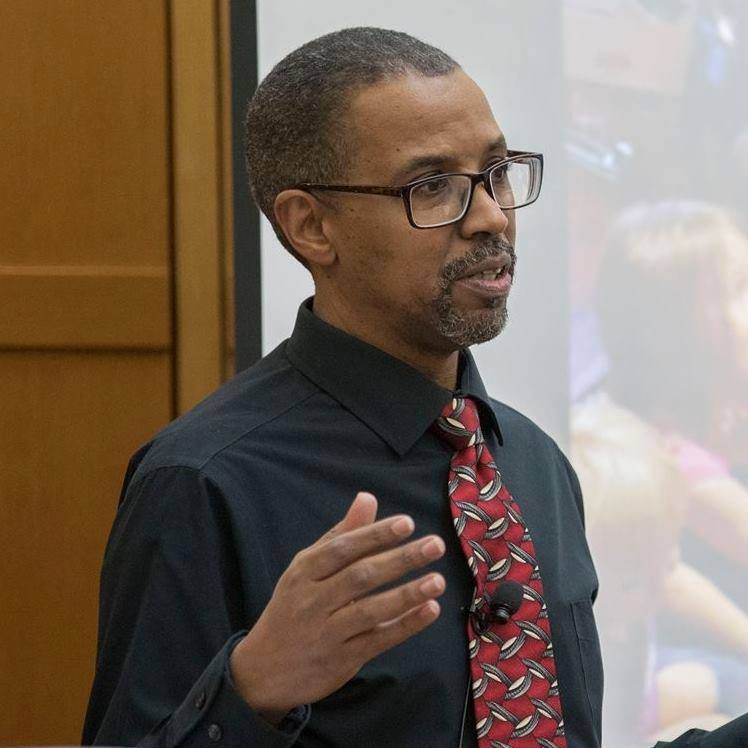
Anthony Peterson is an educator, editor, and writer in Nashville, TN. He has written about music and the Christian faith for over 20 years. Anthony also teaches and leads in areas of diversity, equity and inclusion. He blogs at AnthonyPetersonSpeaks.com.

